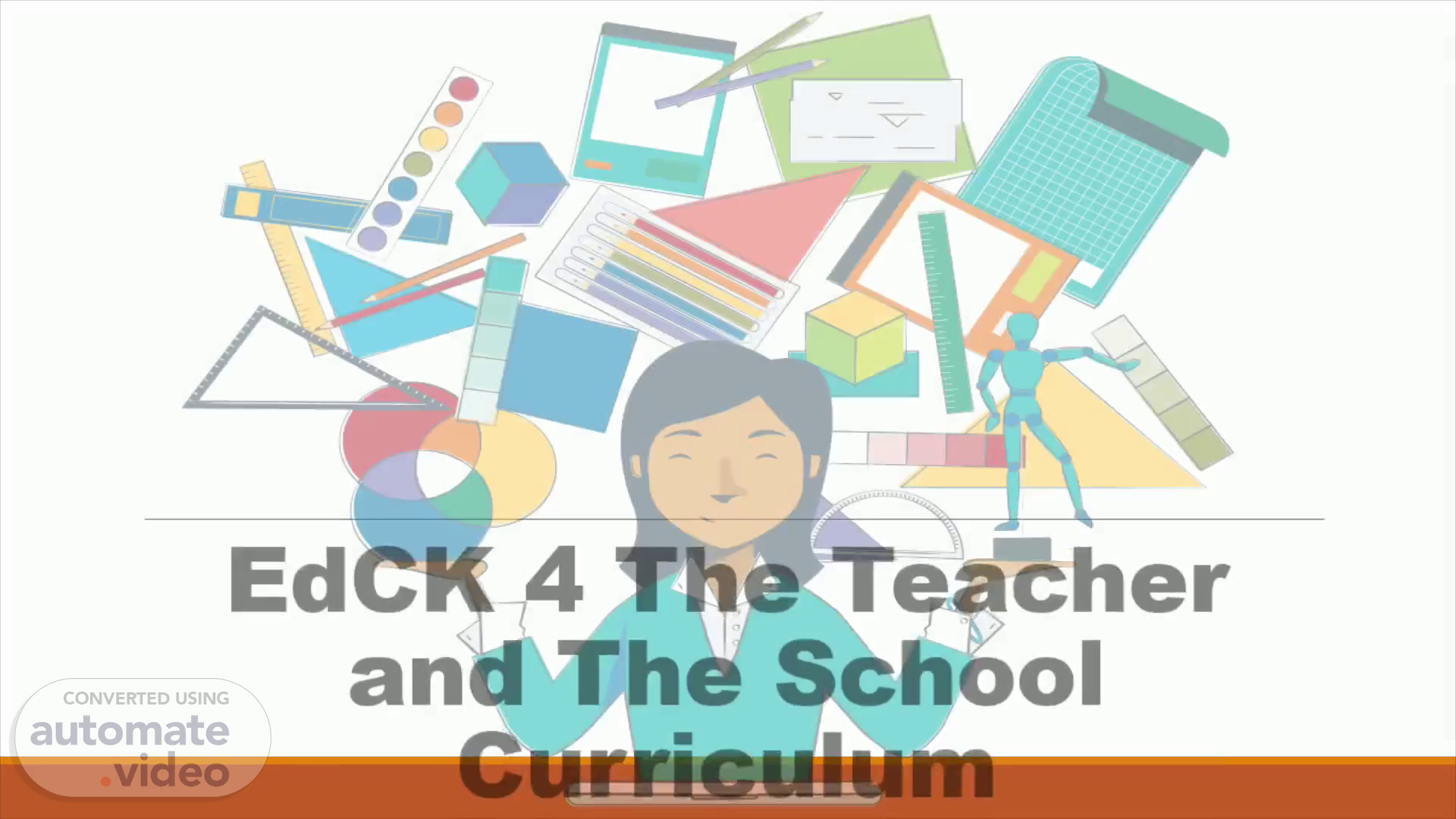
EdCK 4 The Teacher and The School Curriculum
Scene 1 (0s)
[Audio] Good evening! Welcome to PRMSU. For today's meeting we will have the Orientation. Our course is EdCK 4 The Teacher and The School CurriculumQuestions and other concers will be entertained after the presentation..
Scene 2 (18s)
[Audio] For our University Vision President Ramon Magsaysay State University as premier learner center and proactive university in a digital and global society..
Scene 3 (31s)
[Audio] University Mission The President Ramon Magsaysay State University shall primarily provide advance and higher professional, technical, special instructions in various disciplines; undertake research, extension, and income generation programs for sustainable development of Zambales, the region, and the country..
Scene 4 (55s)
[Audio] Quality Policy The President Ramon Magsaysay State University is committed to continually strive for excellence in instruction, research, extension and production to strengthen global competitiveness adhering to quality standards for the utmost satisfaction of its valued customers..
Scene 5 (1m 15s)
[Audio] EdCK 4 The Teacher and The School Curriculum Course Description This course includes the study of the fundamental research-based concepts and principles in curriculum and curriculum development as a foundation to engage prospective teachers as curricularists. It also focuses on the more active role of the teacher in planning a developmentally-sequenced teaching-learning process; identifying constructively-aligned learning outcomes and competencies; contextualizing, localizing and indigenizing curricula; implementing relevant and responsive learning programs; and evaluating the curriculum towards its improvement. The teachers' individual, collegial and collaborative roles in managing school curriculum change vis-à-vis various contexts of teaching-learning, curricular requirements and curricular reforms shall also be given emphasis..
Scene 6 (2m 17s)
[Audio] Credit Units - 3 units (lecture) Contact Hours per Week - 3 hours lecture Place of CourseIn the Program - Professional Education Course Learning Approach and Delivery Mode Online Approach Synchronous - Videoconferencing Asynchronous - LMS.
Scene 7 (2m 43s)
[Audio] COURSE INTENDED LEARNING OUTCOMES (CILOs) By the end of the course, the students will be able to: CILO 1 demonstrate research-based knowledge of the concepts, theories and principles in curriculum and curriculum development within and/or across curriculum teaching areas; CILO 2 demonstrate skills in designing and developing constructively-aligned and developmentally-sequenced learning programs, experiences and instructional processes consistent with curricular needs;.
Scene 8 (3m 18s)
[Audio] COURSE INTENDED LEARNING OUTCOMES (CILOs) CILO 3 demonstrate knowledge in implementing contextualized learning programs and/or instructional plans that are relevant and responsive to the needs of diverse learners; CILO 4 demonstrate knowledge of teaching strategies that are relevant and responsive to the needs of diverse learners; CILO 5 demonstrate skills in the selection and use of tools appropriate for monitoring, critiquing and assessing instructional plans; and seek advice concerning strategies that can enrich teaching practice..
Scene 9 (3m 57s)
[Audio] GRADING SYSTEM Class Standing Quizzes/Activities – 35% Participation/Attendance/Recitation- 15% Major Exams (Major Exam – Written or Performance) – 30% Project (DLP/Video Presentation/Outreach Program) – 20% TOTAL 100%.
Scene 10 (4m 28s)
[Audio] Here are the references.. 1. Aldinger, Cynthia (2015). Life is the Curriculum. Create Space Independent Pub. 2. Bago, Adelaida L. (2008). Curriculum Development: the Philippine Experience. 2008 3. Estes (2015). Instruction: a models approach. 7th ed. Pearson (D). 4. Flinder. (2012). The curriculum studies reader, 4th ed. Routledge. 5. Glatthorn, Allan. (2012). Curriculum leadership: strategies for development and implementation. Thousand Oaks, California: SAGE Publications . 6. Henderson, (2014). Reconceptualizing curriculum development: inspiring and informing action. Routledge..
Scene 11 (4m 56s)
[Audio] Here are the references.. 7 . Helbowitsh, Peter S. (2013). Basic Principles of Curriculum and instruction. Chicago. The University of Chicago Press. 8. Lemlech, Johanna Kasin. (2010). Curriculum and Instructional Methods for the Elementary and Middle School. Allyn and Bacon. 9. Marsh, Colin, J. (2004). Key concepts for Understanding Curriculum. Oxon. Routledge Falmer. 10. Milman (2013). Teaching Models: designing instructions for 21st Century learners. Pearson Education. 11. Ornstein (2016). Curriculum: foundations, principles, and issues with enhanced Pearson e-text access. Pearson Education.S;.
Scene 12 (5m 24s)
[Audio] Thank you! You can now ask questions and clarifications regarding our course..